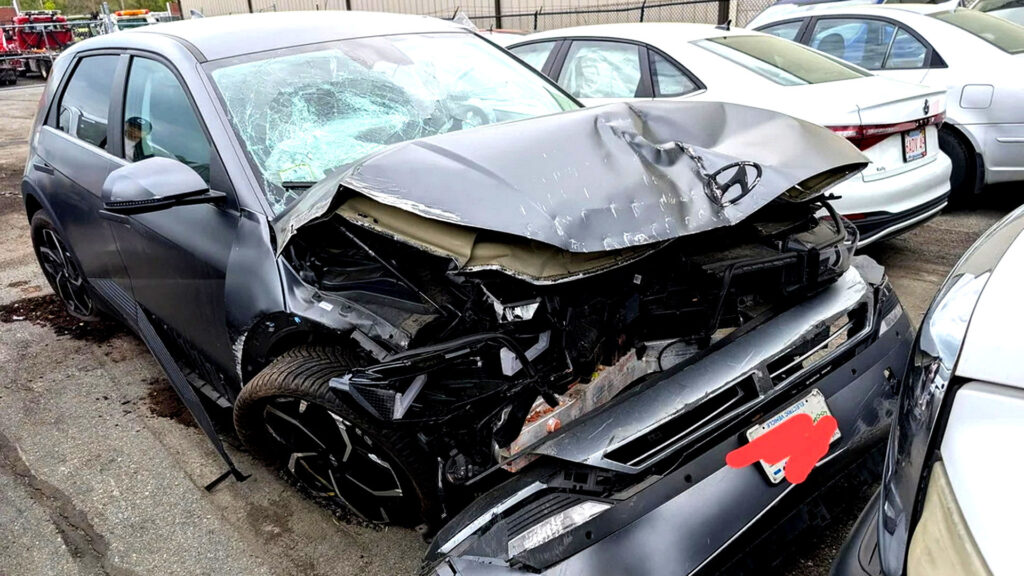body {
font-family: Arial, sans-serif;
max-width: 800px;
margin: auto;
line-height: 1.6;
}
img {
max-width: 100%;
height: auto;
display: block;
margin-bottom: 20px;
}
Hyundai Ioniq 5 Predicament

Life doesn’t always go as planned, especially when it comes to cars. Just ask Ethan Blount, the owner of a Hyundai Ioniq 5, whose vehicle saga feels like it belongs in a movie. This electric vehicle was more than just a car; it was supposed to be a beacon of modern transportation. But a more complicated tale unraveled when Blount’s Ioniq 5 encountered the all-too-familiar ICCU failure, a part notorious in the Hyundai community for causing consistent headaches.
ICCU Issues
The Integrated Charging Control Unit (ICCU) is pivotal in managing the complex electrical interactions within the Ioniq 5. It ensures the flow of energy between its high-voltage battery and the 12V battery that keeps crucial systems alive. When it’s down, the Ioniq 5 can’t move an inch. Indeed, many owners have found themselves grappling with the same issue, and Blount’s ordeal highlights the frustration when replacement parts are on a long waitlist.
A Thief’s Joyride
Nobody expected what happened next. After the vehicle had been sitting at the dealership for weeks, it was stolen. Thieves took off, and a high-speed police chase ended with the car becoming acquainted with a church wall in a less-than-friendly manner. Not the kind of meetup most envision for their prized possession.
Insurance Woes
Following the theft and crash, Blount found his electric pride and joy declared totaled. If that wasn’t enough, the typical depreciation most cars undergo had him worried about the potential financial blow from the insurance payout. Eyeing the likely numbers, Blount feared he might be left paying off a car loan for a vehicle he couldn’t drive.
Driving Experience
Talking about driving the Ioniq 5 prior to these misfortunes, it’s a sharp and responsive vehicle, characteristic of modern EVs. The power delivery is smooth, as one might expect from an electric powertrain, with a significant 321 horsepower on tap when equipped with dual motors. In terms of comparison, it stands right in the line with competitors like the Tesla Model Y and Ford Mustang Mach-E in terms of performance feel. The real difference often ends up in personal brand preference and tech features.
Ultimately, Hyundai might just have a chance to turn this experience around for Blount. While news surfaced that they’ve reached out offering assistance, the full resolution remains a question mark. For now, Blount and others in his shoes remain cautious about what the drive ahead might look like in both a literal and financial sense. Here’s hoping for a smooth ride post-repair and recovery.
Baltasar's New Rebel
UK-US Auto Deal
Collision of Legends
Volvo Recall Alert
Italdesign Sale Looms